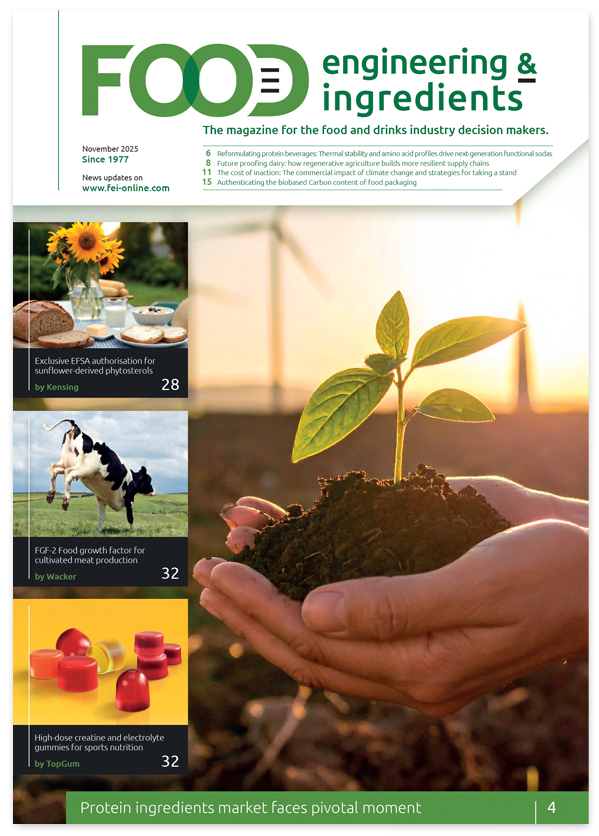New guidance on pictorial representation on food labels
FDF, in partnership with the UK Flavour Association, is launching new a UK guidance on pictorial representation relating to flavourings and ingredients that deliver flavour.
The free resource provides food businesses with advice on what to consider when declaring a pictorial representation of a food ingredient on the label of a pre-packed product. The guidance addresses the different components of a product that can deliver flavour, be it flavourings or ingredients, and how, being used in combination or individually, companies can substantiate the use of a pictorial of a certain food ingredient. Three comprehensive worked examples of how the principles apply to different foodstuffs are also included in the guidance.
The aim of the guidance is to maintain industry labelling practices relating to the concept of wholly and mainly for the substantiation of a food ingredient depiction. Such practices were based on the UK Food Labelling Regulation 1996, which were superseded by the EU Food Information to Consumers Regulation (No. 1169/2011).
Sarah Church, Director, Food and Farming, Department for Environment, Food and Rural Affairs, said:
The Department for Environment, Food and Rural Affairs commends the Food and Drink Federation and its supporting partner the UK Flavour Association for their work to provide industry guidance about pictorial representations on food labels. It is important that the approach is consistent to maintain current industry practices where these are in accordance with the law. This approach enables consumers to be fully informed and to prevent them being misled about the composition of the food they buy.
Helen Munday, Chief Scientific Officer, Food and Drink Federation, said:
Flavour is an incredibly important attribute of food and drink, but it is essential that manufacturers represent this very consumer-relevant aspect of their food in the right way. This practical, but at the same time detailed and technical guide will help manufacturers graphically describe flavours to agreed guidelines.
Madeleine Jones, Head of Regulatory, Allied Technical Centre and Deputy Chair of FDF Food Law & Labelling Committee, said:
This guidance was born out of a need to defend the current approved labelling practices that ensure consumers are not misled when ingredients are illustrated on a product. European guidance on depiction was being discussed and some Member States wanted to impose practices that are considered misleading in the UK such as allowing stylized depiction when an ingredient is not present. The principles within the guidance have been successfully defended by Defra as the UK position. The worked examples were added to guide businesses stepwise through the points that need to be considered before an ingredient is depicted and should be particularly helpful to smaller businesses.
Julie Young, Secretariat, UK Flavour Association, said:
The UK Flavour Association is pleased to see the publication of this document which we hope will provide best practice guidance to our customers in the food industry with regard to correct product labelling. UK Flavour Association members are happy to provide further clarification to their customers on such matters. Our members can be viewed on our website
Food and Drink Federationhttp://tinyurl.com/lwykpft

